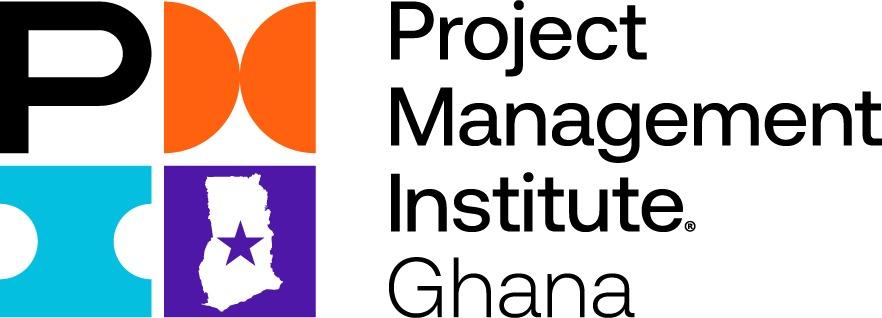July 25 2023 at 12:00AM
Making a Choice of Project Delivery Approach: Factors to Consider
Choosing the right project delivery method is crucial to ensure effective execution and achieve desired outcomes. In this article, we will explore some popular project delivery approaches and discuss key factors that should inform your decision-making process.
Understanding the Foundations:
Before diving into different project delivery methods, it is important to have a clear understanding of the fundamentals of your project. Knowing why and what you are building will provide a solid basis for selecting the most suitable delivery approach. This foundational understanding will enable you to align the project's objectives with the chosen method, increasing the chances of success.
Key Factors for Consideration:
1. Industry or Economic Sector: The industry or economic sector in which your project operates plays a significant role in determining the appropriate delivery approach. Certain sectors, such as construction or software development, may have well-established methodologies like Design-Bid-Build or Agile, respectively. Understanding the norms and best practices of your industry will help guide your decision-making process.
2. Organizational Culture and Structure: The culture and structure of your organization influence how projects are managed and executed. Some organizations may have a hierarchical and formal structure that favors a traditional approach, while others may have a more flexible and collaborative culture that aligns with agile methodologies. Assessing your organization's culture and structure will help you identify an approach that is compatible and maximizes the chances of success.
3. Size of Project (Scope and Risk Factors): The size of a project, including its scope and associated risk factors, is an important consideration. Large-scale projects with complex requirements, unclear scope and higher risks may benefit from an Agile approach which tends to respond to such situations. On the other hand, projects with well-defined scope and clear requirements and lower risks may benefit from the Waterfall approach with little room for changes.
4. Team Make-up (Skills and Competencies): The skills and competencies of your project team members play a crucial role in determining the delivery approach. Some methodologies, like Lean or Six Sigma, focus on process improvement and require specific skills in data analysis and problem-solving. Other approaches, like Scrum or Kanban, require cross-functional teams with a diverse range of skills. Assessing the expertise of your team members will help you select a delivery method that maximizes their potential and supports project success.
5. Agreements (e.g., Contracting External Vendor(s): If your project involves external vendors or contractors, it is important to consider the contractual agreements in place. Some project delivery methods, such as Design-Build or Joint Ventures, involve close collaboration with external entities. Understanding the legal and contractual obligations will guide you in selecting an approach that aligns with these agreements.
Popular Project Delivery Approaches:
1. Waterfall: A sequential approach where each project phase is completed before moving to the next.
2. Agile: An iterative and flexible approach that emphasizes collaboration, adaptability, and delivering value in short cycles.
3. Design-Build: A method where a single entity is responsible for both the design and construction of the project, fostering collaboration and streamlined communication.
4. Lean: A methodology focused on eliminating waste and optimizing processes to maximize value and efficiency.
5. Joint Ventures: A partnership between two or more organizations to jointly undertake a project, combining resources and expertise.
Conclusion: Selecting the most appropriate project delivery approach is a critical decision that can significantly impact the success of your project. By considering factors such as industry norms, organizational culture, project size, team composition, and contractual agreements, you can make an informed choice. Remember that there is no one-size-fits-all approach, and it is essential to adapt.



